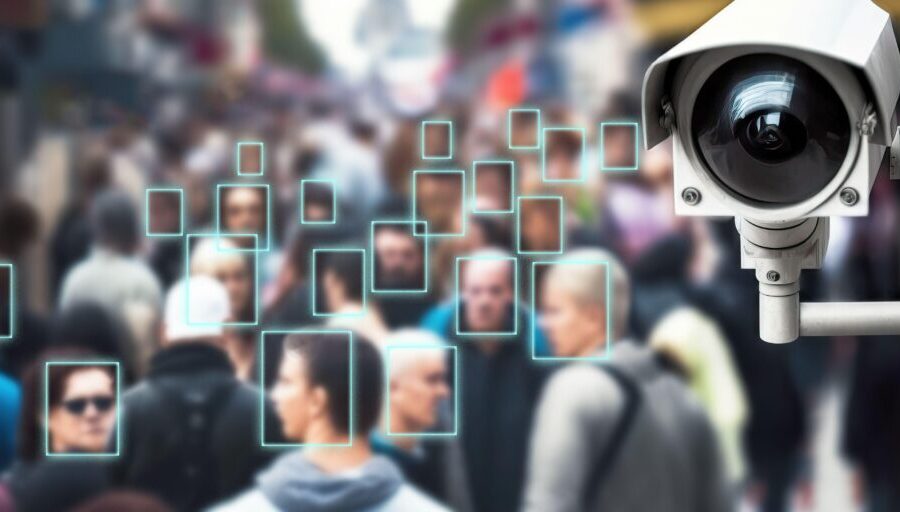Facing up to facial recognition
While many communities have developed ordinances and regulations aimed at banning or limiting facial recognition—it’s time to re-evaluate. Consumers have generally accepted facial recognition because it makes things easier and still provides a healthy degree of protection as opposed to forgetting or misplacing passwords. Smartphone users use facial recognition every time they look at their screen to unlock the homepage. Microsoft Hello uses facial recognition for those choosing to unlock their devices instead of using a password or code. Airlines are starting to use facial recognition to help board flights faster thus bypassing traditional or digital boarding passes. One thing is certain, the technology in all its forms has greatly improved over previous versions.
No doubt facial recognition still raises legitimate concerns regarding privacy and being mis-identified. Facebook was one of the first companies to integrate this technology and it soon became a novelty finding oneself automatically tagged with people one knew simply through photos—for many it was like magic to see how Facebook identified people solely through photos. But as the platform grew, so did the concerns. Facebook was faced with several lawsuits related to its use of facial recognition technology. One of the largest lawsuits was filed in 2015 by Illinois residents who claimed that Facebook had violated the state’s Biometric Information Privacy Act by collecting and storing their facial recognition data without their consent. The case was later certified as a class-action lawsuit in 2018, potentially exposing Facebook to billions of dollars in damages. In January 2020, Facebook agreed to a $550 million settlement to resolve the lawsuit. The settlement is one of the largest ever for a privacy violation case, and Facebook was forced to make changes to its facial recognition practices as part of the agreement. Finally, Facebook announced it would no longer use facial recognition software to identify faces in photographs and videos.
Meanwhile, the Department of Homeland Security currently uses facial recognition to scan images of travelers leaving and entering the country and compares the image to photos that are already on file, such as passport photos. Retailers have used facial recognition to combat shoplifting by scanning shoppers’ faces and comparing them to photos in a database of known shoplifters. Facial recognition is increasingly used in schools for school safety to alert administrators, teachers and security staff when an unauthorized individual has entered school grounds.
It’s worth noting that while some states have passed laws to restrict the use of facial recognition technology by law enforcement, there currently is no state that has outright banned the technology and at the local level, about a dozen cities have either banned or restricted the use of facial recognition.
There are no less than six major policy areas that needs to be addressed, they are:
- Privacy: Facial recognition technology can collect, store and use sensitive personal information, such as biometric data, without individuals’ consent. This can lead to concerns about privacy, especially when the technology is used by governments or law enforcement agencies.
- Accuracy and bias: Facial recognition technology is not always accurate, and it has been shown to have higher error rates for people of color, women and children. This raises concerns about bias and potential discrimination in the use of the technology.
To read the complete article, visit American City & County.

















